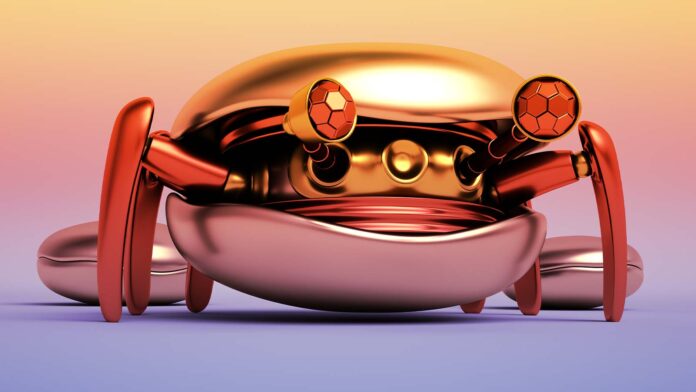Introduction to the Subterranean Realm
The subterranean realm is home to some of the most fascinating and largest living things and artificial structures in the world. For instance, the mycelium of a fungus in Oregon, USA, covers an impressive 890 hectares, while a city of termite mounds in Brazil spans an astonishing 140,000 square miles. These enormous structures highlight the importance of understanding the subsoil and its fauna, which is crucial for advancing agriculture, construction, and other fields.
EMBUR: The Robotic Crab Inspired by Nature
A new technological breakthrough has been inspired by the Pacific crab, specifically the mole or sand crab (Emerita analoga). This crustacean has adapted to its environment by burrowing into the sand to escape predatory birds. By using its legs to dig and its antennae to breathe and feed on phytoplankton, the mole crab has developed a unique survival strategy. Scientists at the University of Berkeley have taken note of this remarkable ability and have developed a robot called EMBUR (EMerita BUrrowing Robot).
How EMBUR Works
EMBUR is designed to burrow into the ground and move vertically, just like the mole crab. To overcome the challenges of burrowing, such as resistance from the ground and accumulation of sand and dust particles in its artificial joints, the researchers have developed two innovative solutions. Firstly, they have designed the robot’s legs to offer an anisotropic force response, applying more force in one direction than in another. This is achieved by copying the insertion, sweeping, and retraction of the crab’s legs and using Resistive Force Theory (RFT) to model the applied force. Secondly, they have created a cuticle inspired by the mole crab’s arthrodial membrane, a soft material that covers the exposed parts of the joints and prevents the entry of foreign bodies.
Advancements in Subterranean Exploration
The development team is currently working on replicating the mole crab’s other functions, such as swimming, burrowing, and moving through the sand on the beach. EMBUR and its future versions will be part of a new generation of systems designed to analyze the subsoil in various fields, including agriculture, marine conservation, and construction. This breakthrough will help fill the gap in subterranean exploration, which has been a pending subject in robotics, except for autonomous machines used in mining.
Robotics in Construction and Subterranean Exploration
The use of robots in construction and subterranean exploration is becoming increasingly popular. For example, SPOT, the Boston Dynamics robot dog, is being used by ACCIONA’s infrastructure division to capture thermal images of the environment, scan tunnels, and provide geological reports. This technology is complementing the work of giant tunnel-boring machines, which are the "big brothers" of EMBUR. The application of robotics in these fields is promising to revolutionize the way we explore and understand the subterranean realm.
Conclusion
In conclusion, the subterranean realm is a fascinating world that holds many secrets and surprises. The development of EMBUR, the robotic crab, and other technologies like SPOT, the robot dog, are paving the way for a new era of subterranean exploration and analysis. As we continue to advance our understanding of the subsoil and its fauna, we can expect to see significant breakthroughs in various fields, from agriculture to construction. The future of subterranean exploration is exciting, and it will be interesting to see how these technologies evolve and shape our understanding of the world beneath our feet.

